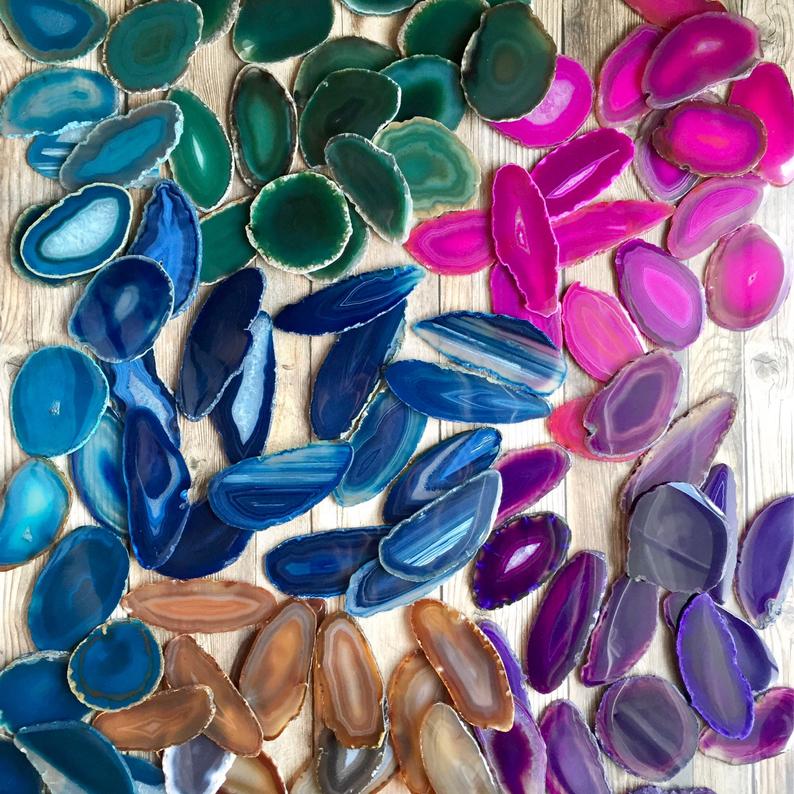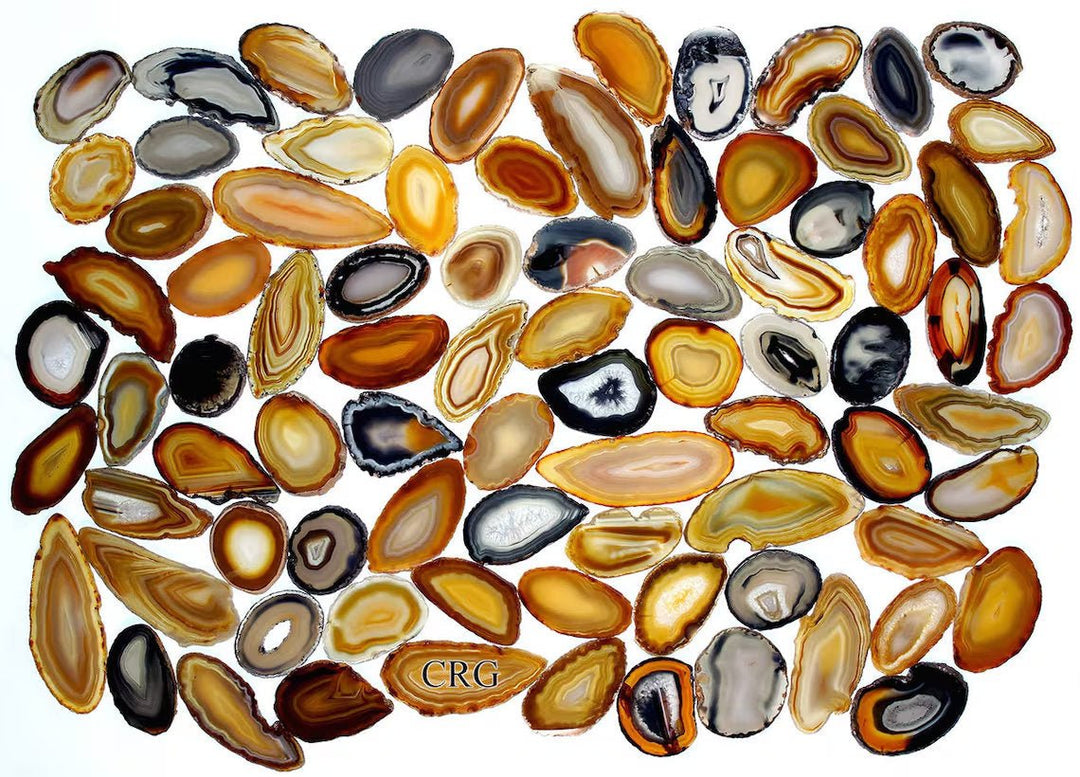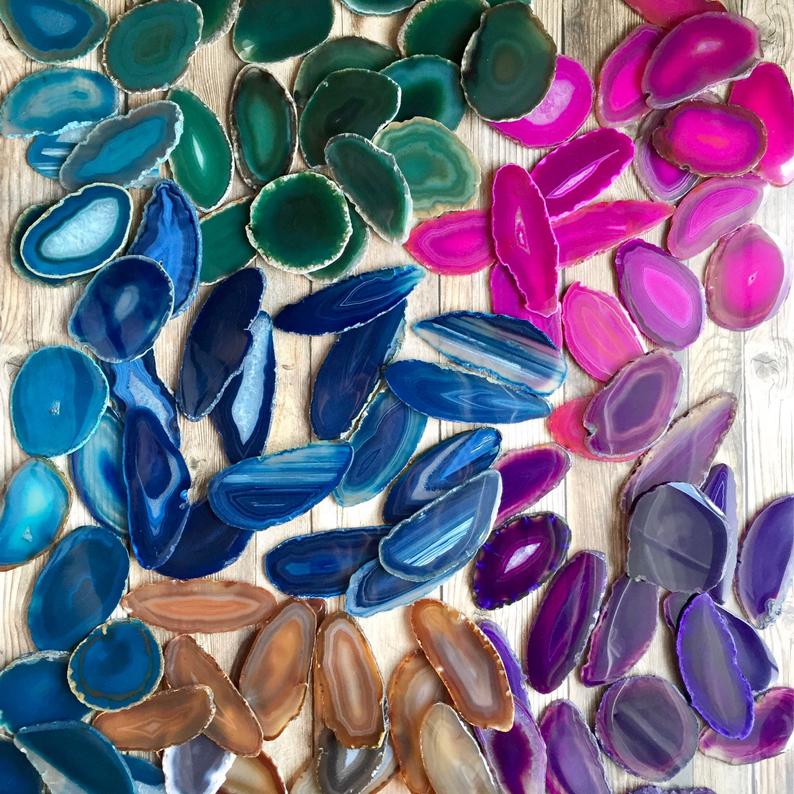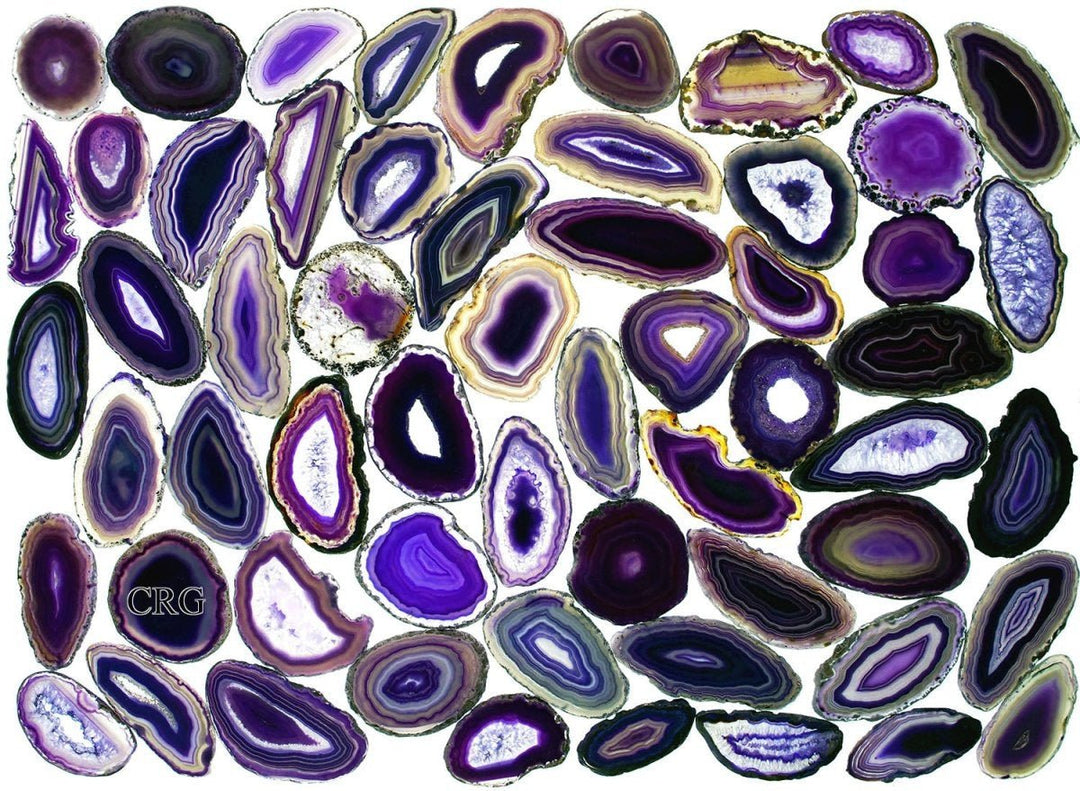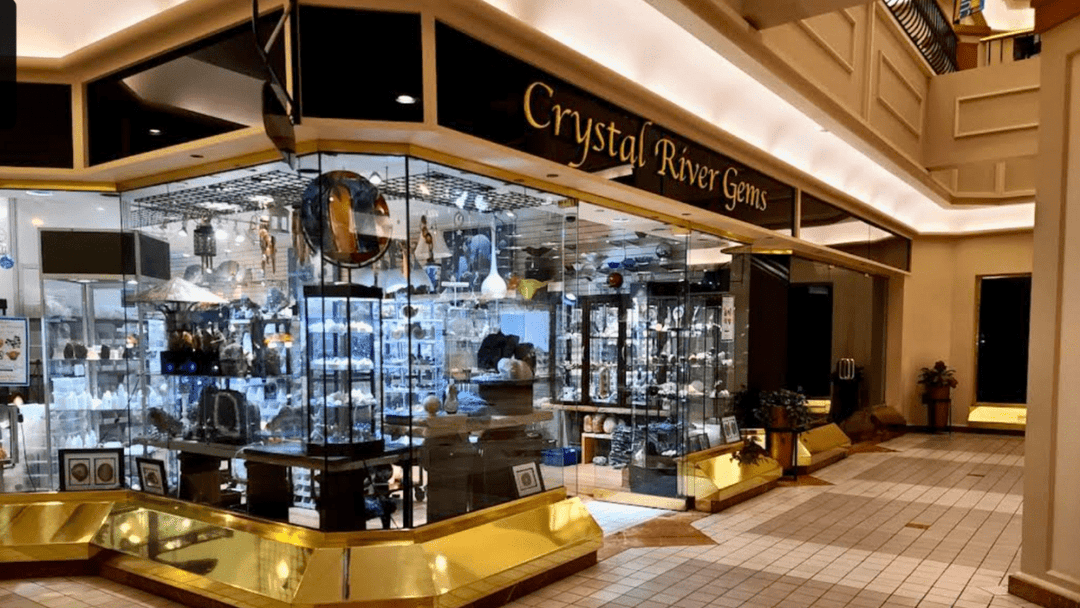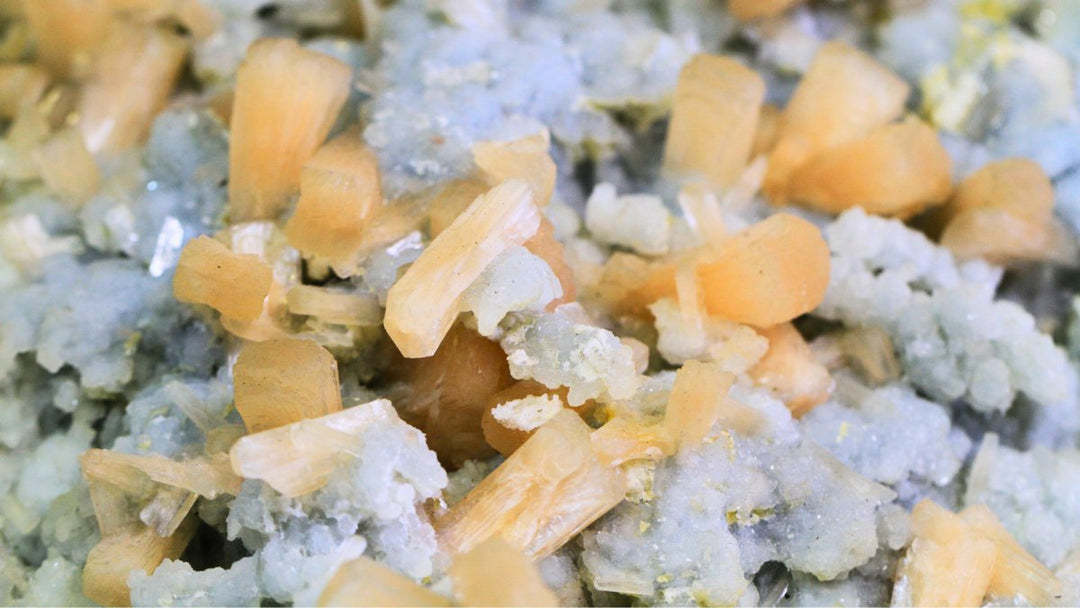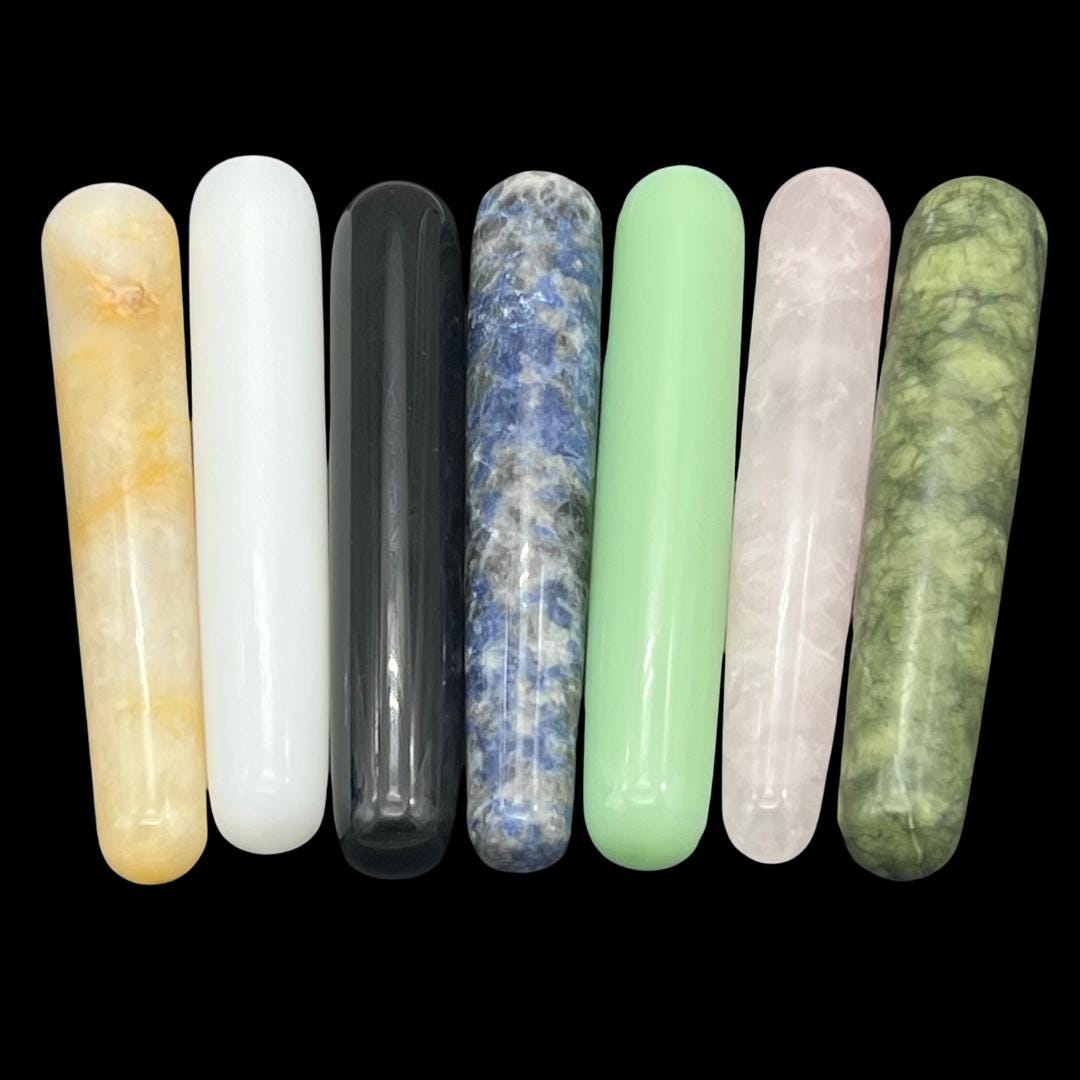
First, what is emerald? It is a type of beryl, which has a chemical composition of Be3AI2(SiO3)6. Trace inclusions of chromium oxide or vanadium give the stone its green color. (Oddly, chromium oxide is also what offers the red color to ruby in the corundum lattice.) Emerald crystals are hexagonal with a rating of 7.5-8 on the Mohs hardness scale, which is normally quite high for jewelry use. However, the majority of emeralds contain many inclusions or surface-reaching fractures which weaken the gem, making it brittle and subject to breakage. Another interesting fact is that there is no firm boundary between emeralds with a heavy blue tint or aquamarine with a heavy green tint. Both stones are beryls, and it can sometimes be difficult to tell the difference between specimens that fall on the borderline.
Currently, most emerald deposits are located in Colombia, Brazil, and Zambia. There are a few other emerald mines around the world (in Pakistan, Afghanistan, Russia, Australia, and the United States) but these are smaller than the three major sources. Brazilian emeralds are often darker in tone and heavily included, whereas emeralds from Colombia tend to have lighter inclusions. Zambian emeralds often have a slight bluish tint to them. As for the green color, Brazilian and Zambian emeralds generally get it from vanadium, whereas its source in Colombian emeralds is often chromium. Emeralds from each country possess their own unique beauty. In modern society, we find emeralds most often in jewelry and polished carvings or freeform boulders.

The allure of emerald has been admired far longer than modern civilizations have existed. The name “emerald” can be traced to the ancient Greek word “smaragdos,” meaning “green.” The first known emerald mines were in Egypt, dating from at least 330 BC into the 18th Century. Cleopatra herself was famously passionate about emeralds and wore them as royal adornments. Ancient civilizations in Asia, Africa, and South America also independently discovered and esteemed emeralds. In Thailand, there is an Emerald Buddha that is considered the most sacred religious icon in the country. It is said that the statue was created in 43 BCE by a sage named Nagasena in Pataliputra (today’s Patna), India. Remarkably, the statue is called “the Emerald Buddha” even though it is actually carved from jasper! This speaks to the powerful associations conjured up when the word “emerald” is included in a name.

Like all crystals, emerald belonged first to the Earth. Geologically emeralds are quite rare because of the particular environment in which they occur. To begin with, beryllium is only present in very small amounts in the Earth’s crust, and it is uncommon for enough beryllium to gather in one location to crystallize. Additionally, the conditions wherein one finds beryllium are very different from those wherein one finds chromium and vanadium (the sources of emerald’s green color). But occasionally the stars do align to create emerald. The crystal forms in contact metamorphic rocks, which are a narrow zone where hot magma comes into contact with sedimentary hosts like limestone or shale. Nearly all the world’s emerald is mined from in situ localities or deposits close to the mother lode. The reason for this is that emerald, with all its inclusions and fractures, is an extremely weak stone that cannot withstand the abuse of transportation in streams or glacial ice.
Yet emerald makes its way to us. Despite (or because of) its unlikely formation process, the stone has sustained global fame for thousands of years. Perhaps the geological serendipity required to create emerald lends itself to the stone’s historical reputation as a truth-revealer, protector, and healer. We cannot say for certain. What we do know is that there is a certain ancient beauty about the crystal, whose vibrant green summons visions of lush forests and healthy meadows. Some say the color green is restorative to the human mind and spirit. When we observe emerald and its verdant hue, we believe it.




